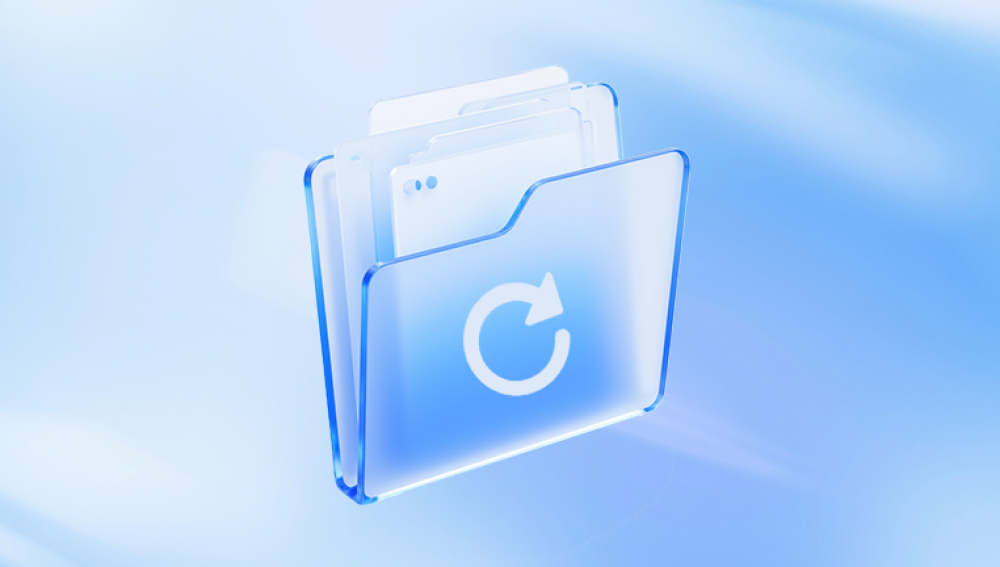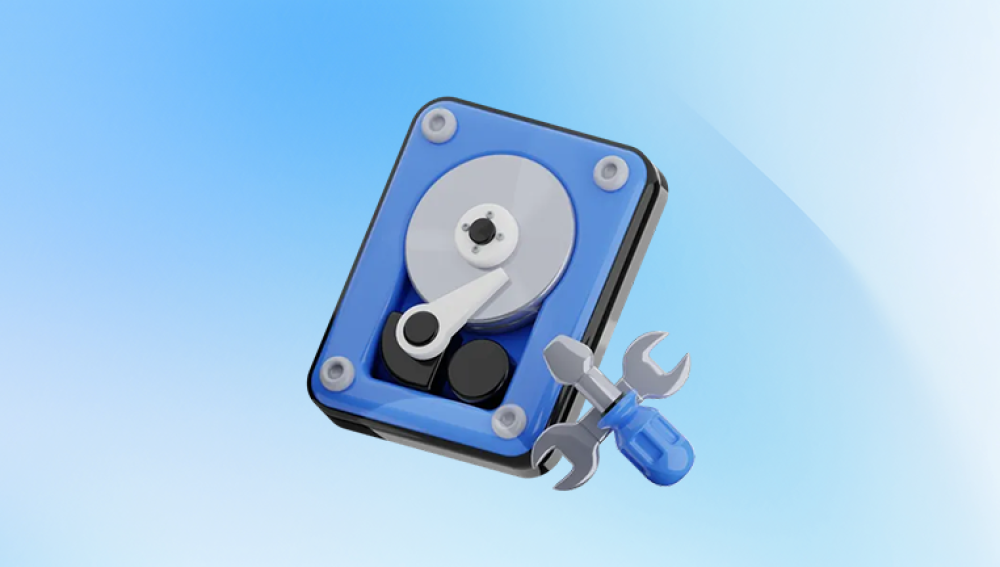Encountering a file that is corrupted and unreadable can be both frustrating and alarming. Whether it’s a Word document, Excel spreadsheet, PDF, image, or video, the inability to access important data can disrupt work, personal projects, and critical digital operations. Understanding why files become corrupted and unreadable, recognizing the warning signs, and knowing how to prevent or recover such files is essential for anyone who works with digital data.
A file is considered corrupted when its content or structure deviates from the format expected by the software designed to open it. Corruption can occur in the file header, metadata, or data content, preventing the program from reading the file correctly. In some cases, only parts of the file are affected, allowing partial recovery.

Files of any type can be corrupted, including:
Documents: Word, Excel, PowerPoint, PDF
Images: JPEG, PNG, GIF, RAW, TIFF
Videos: MP4. AVI, MOV, MKV
Audio files: MP3. WAV, FLAC
Databases: SQL, Access, Oracle
Corrupted files can range from slightly damaged, displaying missing formatting or garbled content, to completely unreadable, producing error messages or failing to open entirely. The severity of corruption depends on the cause, the type of file, and whether the file has been overwritten or modified after the corruption occurred.
Common Causes of File Corruption
Understanding the causes of file corruption is key to both prevention and recovery. The main causes include:
1. Sudden Power Loss or System Crashes
Abrupt power outages or system crashes are among the most frequent causes of file corruption. Computers write data in multiple steps. If a power failure occurs during a save operation, the file may be only partially written, leaving it incomplete or inconsistent.
For example, if you are editing a Word document and the system crashes mid-save, the file header may be damaged, preventing Word from opening the document. Video and image files may lose chunks of data, leading to partial or total unreadability.
Prevention: Use uninterruptible power supplies (UPS), avoid forcing shutdowns, and save work frequently.
2. Software Bugs or Application Errors
Software applications are not immune to bugs or unexpected errors. Complex programs, particularly those handling large datasets, multimedia content, or databases, can inadvertently corrupt files if they crash or malfunction.
Examples include:
Crashes during file saving or exporting
Improper handling of very large files
Compatibility issues between different software versions
Keeping software up to date and using stable, verified versions reduces the risk of corruption caused by application errors.
3. Malware and Virus Infections
Malware, viruses, and ransomware can intentionally or unintentionally corrupt files. Ransomware encrypts files, rendering them unreadable without a decryption key. Other malware may modify file headers, overwrite content, or delete files entirely.
Symptoms of malware-induced corruption include:
Files suddenly becoming inaccessible
Unexpected changes to file extensions
Multiple files of the same type failing to open simultaneously
Regular antivirus scans, avoiding untrusted downloads, and isolating infected systems are essential preventive measures.
4. Hardware Failures
Physical issues with storage devices, including hard drives, SSDs, USB drives, and SD cards, are frequent causes of file corruption. Hard drives can develop bad sectors, SSDs may experience flash memory wear, and USB drives can fail due to connector damage or controller malfunction.
Indicators of hardware-related corruption include:
Files disappearing or becoming inaccessible
Frequent read/write errors
Strange noises from hard drives
Multiple files on the same device showing corruption
Using high-quality storage, monitoring device health, and replacing aging or failing hardware can reduce these risks.
5. File System Errors
File systems such as NTFS, FAT32. exFAT, APFS, and HFS+ manage how files are stored and retrieved. Errors in the file system can prevent software from accessing files correctly, even if the file content is intact.
Causes include:
Improper shutdowns or system crashes
Disk formatting issues
Software bugs affecting the OS
Malware targeting system structures
Regularly checking disk integrity using tools like CHKDSK (Windows), Disk Utility (macOS), or fsck (Linux) helps prevent file system-related corruption.
6. Network Interruptions During File Transfer
Files transferred over unstable networks or via cloud services can become corrupted if connections drop mid-transfer. Examples include:
Large files failing to fully download or upload
Network timeouts during file synchronization
Partial file copies on external storage
Ensuring stable connections and using software with error-checking protocols can reduce the risk of corruption during transfers.
7. Improper Handling of External Storage
Removing USB drives, SD cards, or external hard drives without safely ejecting them can interrupt write operations, leading to corrupted files. Other risks include:
Using a single drive across incompatible operating systems
Physical damage to the drive
Frequent insertion/removal while files are open
Safe ejection and careful handling are critical for protecting data.
8. Overwriting or Improper Editing
Overwriting a file incorrectly, editing in unsupported software, or using conversion tools that fail can corrupt a file. This is common in large video projects, image editing, or collaborative documents.
Prevention: Use reliable editing software and maintain version-controlled backups.
Signs That Files Are Corrupted and Unreadable
Detecting corruption early can prevent permanent data loss. Common indicators include:
Error messages like “File is corrupted and cannot be opened.”
Garbled or missing content
Files displaying strange symbols or unreadable characters
Programs crashing when attempting to open the file
Unexpected changes in file size or extension
Types of File Corruption
File corruption can be categorized based on severity and impact:
Header Corruption – Damaged file headers prevent programs from recognizing the file type.
Partial Corruption – Only certain sections of a file are unreadable; some data may still be accessible.
Full Corruption – The entire file becomes unreadable.
Logical Corruption – File structure is intact, but content is altered or inconsistent.
Physical Corruption – Storage media defects render files unreadable.
Methods to Recover or Repair Corrupted Files
Even severely corrupted files can sometimes be repaired or recovered:
1. Built-In Software Repair Tools
Many applications offer repair features:
Microsoft Office: “Open and Repair”
Adobe Acrobat: Repair PDF functionality
Image and video editors: File recovery options
2. File Recovery Software
Panda Repair
File corruption often occurs during file transfers, edits, or saves. For example, removing a USB drive without safely ejecting it can leave files incomplete. Similarly, sudden power outages or system crashes while editing a file can damage its structure. Malware or ransomware can also corrupt files by modifying, encrypting, or deleting content. Over time, wear and tear on storage devices like hard drives, SSDs, or USB drives can cause bad sectors that lead to file corruption.
Panda Repair works by scanning the corrupted file, identifying damaged or missing segments, and reconstructing them to restore the file to a usable state. The software supports a wide range of file types, including Word documents, Excel spreadsheets, PDFs, images, videos, and audio files.
Using Panda Repair is simple: users connect the affected storage device, launch the software, select the corrupted files, and begin the repair process. Panda Repair operates in a read-only mode on the original files, ensuring no further damage occurs. It also provides a preview of recoverable content, allowing users to verify results before saving them to a secure location.
With its advanced scanning algorithms and user-friendly interface, Panda Repair provides a reliable and efficient way to recover corrupted files. Whether dealing with accidental corruption, malware damage, or hardware-related errors, Panda Repair helps restore access to important data and minimizes the risk of permanent file loss.
3. Command-Line Utilities
Windows: CHKDSK, SFC, DISM
Linux: fsck, ddrescue, tar repair
macOS: diskutil repairVolume
4. Backup Restoration
Maintaining regular backups is the simplest and most reliable recovery method. Cloud storage or versioned backups allow restoration to previous uncorrupted states.
5. Professional Data Recovery
In cases of severe corruption or hardware failure, professional recovery services may be necessary. They can extract data from damaged drives using specialized tools.
Preventing File Corruption
Prevention is more effective than recovery. Best practices include:
Regular Backups – Multiple copies across devices or cloud storage.
Safe Storage Handling – Proper ejection of external drives, avoiding physical damage.
Antivirus Protection – Prevent malware that targets files.
Stable Power – Use UPS devices to prevent sudden shutdowns.
Reliable Hardware – Replace aging drives and avoid low-quality storage.
Software Updates – Keep applications and OS updated to reduce bugs.
Files become corrupted and unreadable for many reasons, including power interruptions, software bugs, malware infections, hardware failures, file system errors, network issues, and improper handling. Recognizing the causes, understanding the types of corruption, and knowing the signs allows users to take preventive measures and respond quickly when issues occur.




